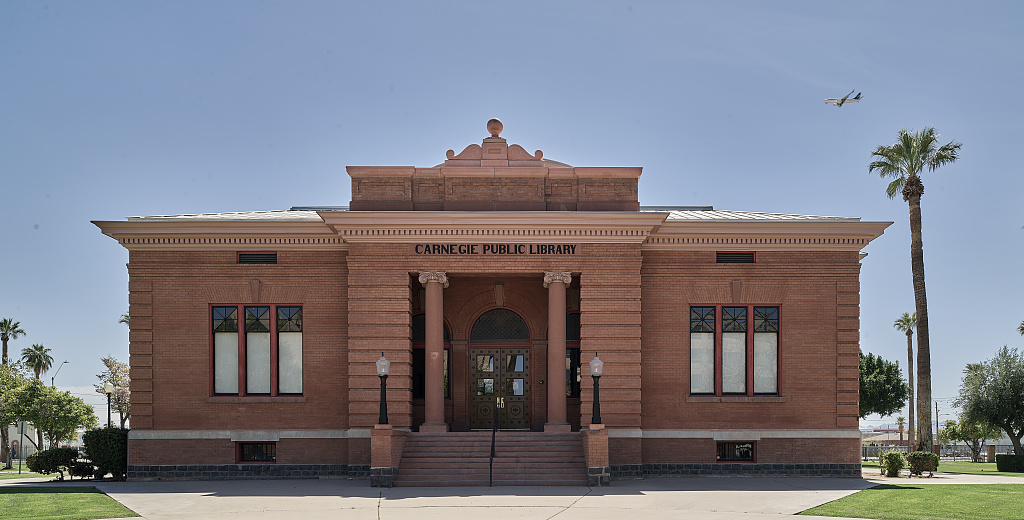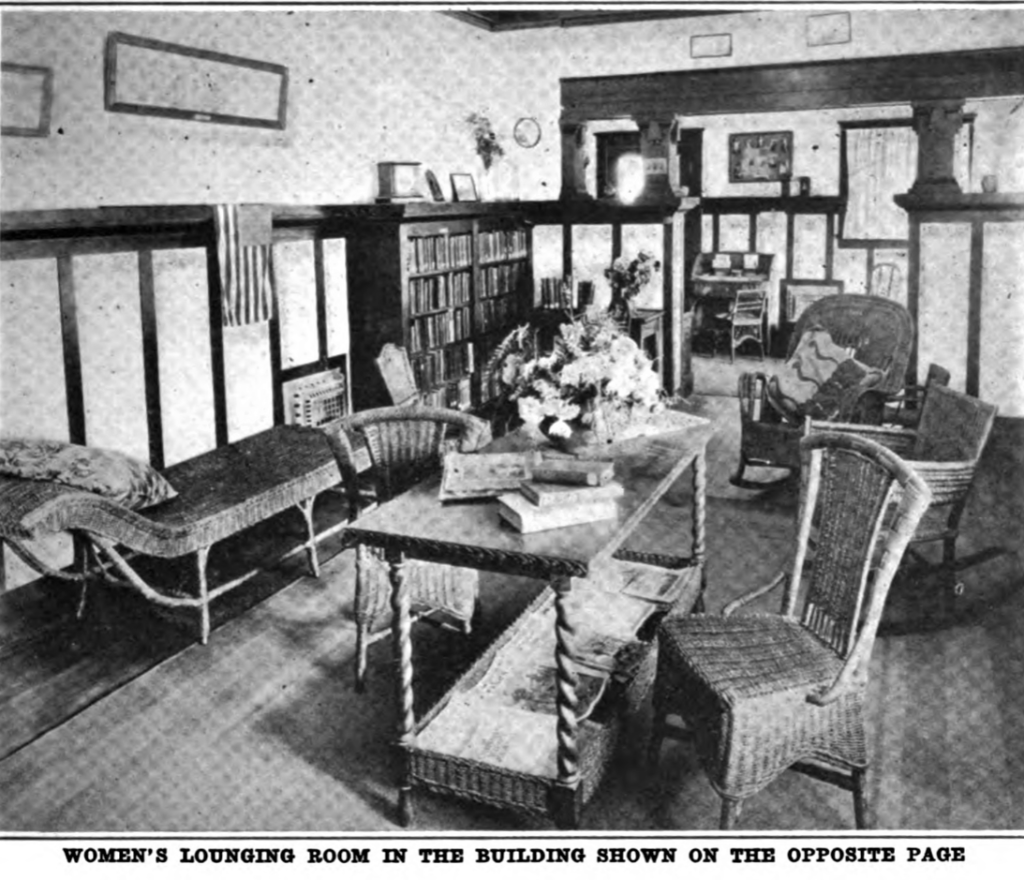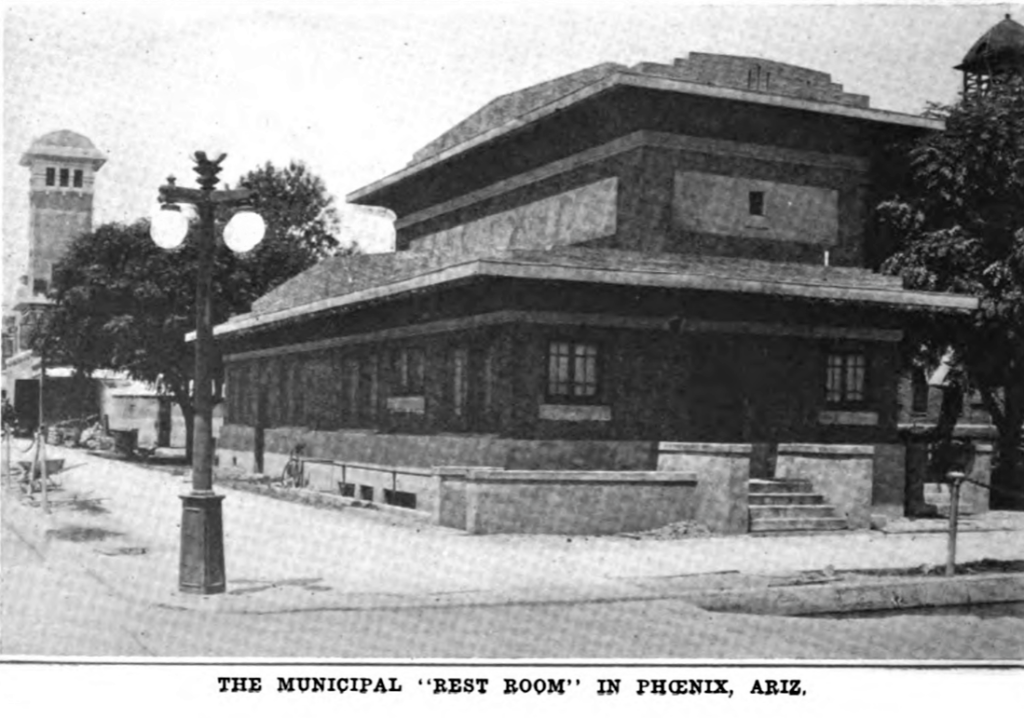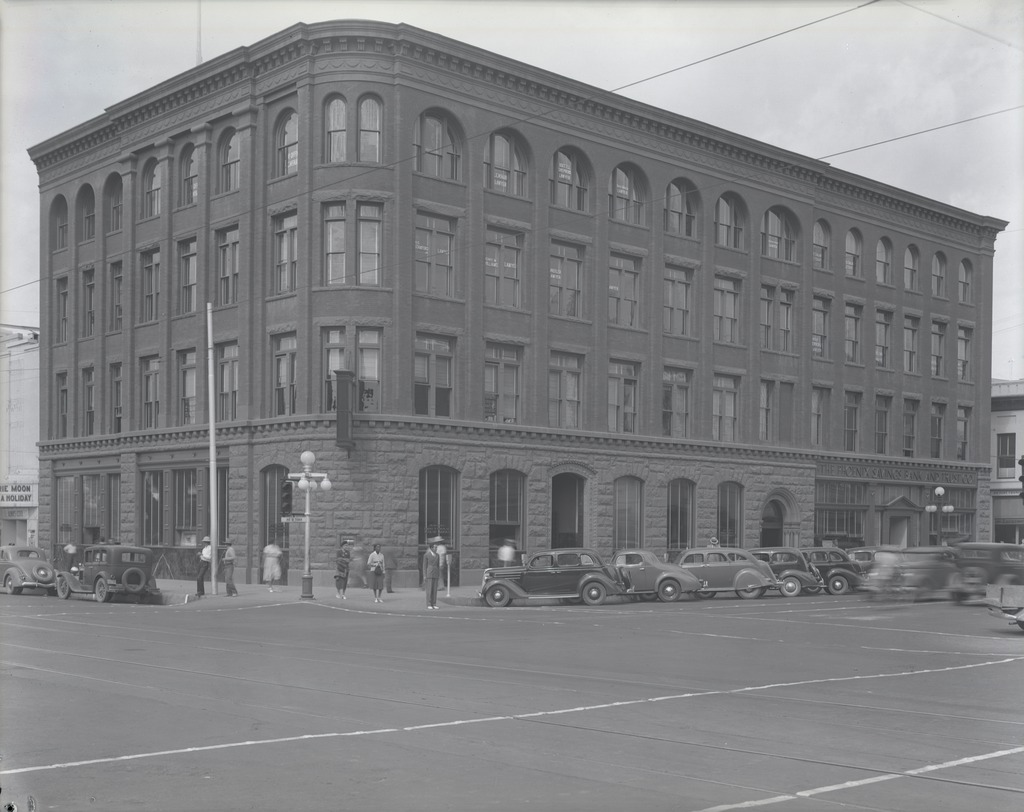The Rest Room
Donna Reiner, a local historian and a good friend of Get Your PHX, has written many articles over the years for the Arizona Republic and others about Phoenix history and memorials. This month, she tells us about this “The Rest Room,” and it’s not what you think. This is not a historical tour-de-force of public toilets. You’ll have to read to learn more.
During this Covid-19 pandemic with government buildings and non-essential businesses closed, most of us have had one place that we truly miss. For me, as a historian and rather curious minded person, it is the LIBRARY. Many items I regularly use are simply not online. For other people, the library is a refuge, a safe place; and for others, it is a lifeline to the rest of the world through its books and internet connection.
Believe it or not, the Phoenix Public Library and its multiple branches had its early beginnings in 1897 when a local women’s group, The Friday Club, formed to discuss history. But these women quickly decided to collect an assortment of books and open a library in the Fleming Building in 1898 while still meeting regularly to discuss a variety of topics. While initially the library was for the Friday Club’s use, it soon became widely popular with Phoenicians. Books to read for pleasure or to learn about new places and ideas were a commodity that not everyone could afford. But still Phoenicians did love to read.
Success of this grassroots enterprise led the city of Phoenix to move the library into City Hall in 1899. Fortunately for us, the Friday Club and other boosters were instrumental a few years later in getting $25,000 from Andrew Carnegie for a dedicated library building. Opening in February 1908, the Carnegie Library at 1101 W. Washington, proudly served the community until 1952.
Another local women’s group, the Woman’s Club of Phoenix, spearheaded the move in early 1915 for a restroom in the downtown shopping district for, of course, women who might spend the afternoon shopping. Restroom??? How does a restroom connect to the library?
The women were persistent, and the city agreed that such a place was important to provide. The Municipal Restroom in City Hall Park opened on the northwest corner of Jefferson and Second Street in 1917. Rather than facilities just for women, although they were the primary users, this new one-story building had a basement entirely for women with a toilet, kitchenette, and nursery. The first floor provided a toilet for men and a lounging area.
A 1920 article in The American City described that first-floor area as “resembl[ing] the ordinary municipal rest room about as much as a living-room in a home resembles a cell in a municipal jail.” Wicker furniture, bright carpets, lovely paintings on the wall, AND a corner devoted to books. Yes, the city installed a branch library in this delightful room which could accommodate about 1000 books. The library’s first branch was born.
Over the years, the Restroom Branch, as it was fondly known, offered storytelling hours for children and other programs. By 1930, the Phoenix Public Library had added two other branches, with the Restroom Branch being the most heavily used branch. Yet, in June 1935, the city decided to close this branch despite the protests by downtown businesses and users of the facility ending a rather unique library experience.





